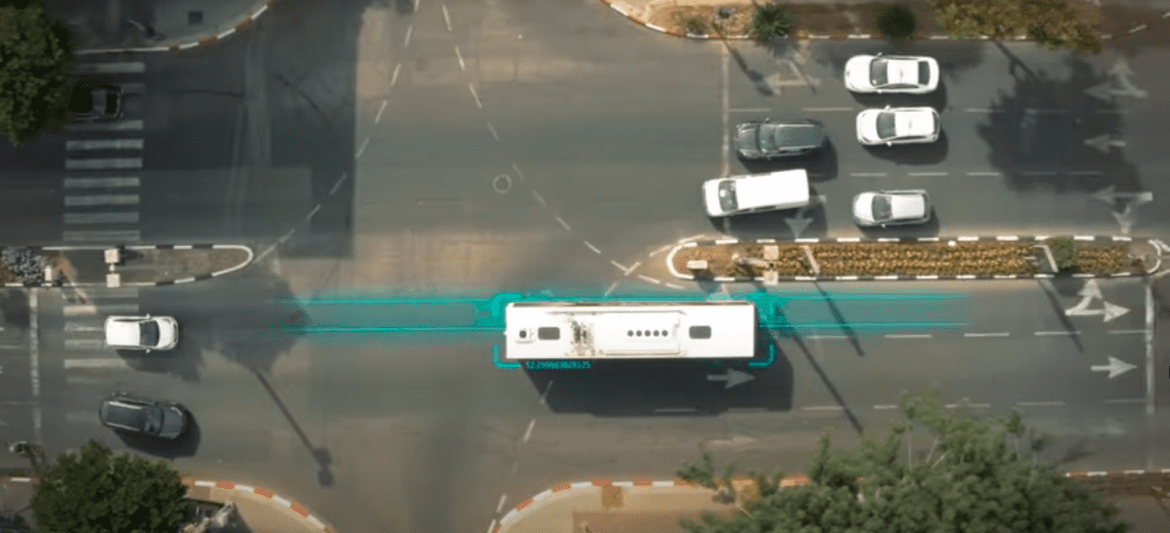Powered roadways that charge your electric car as you drive on it has been a popular progress point envisioned for the future, but it is still something that is in its infancy. We have been able to wirelessly charge our phones for the better part of a decade now, but it is still going to take some leg work to accomplish the same on a moving vehicle.
Israeli startup, Electreon Wireless Ltd, is moving forward with testing of its powered roadways in Tel Aviv and is planning to have it finished by mid-August. The plan is to have about 600 meters worth of coils placed along a 2 km (1.2 mile) stretch of road.
The following month, the team will perform a similar test on the Swedish island of Gotland. This time they will expand and have 1.6 km worth of coils along a 4.1 km stretch. The road will be used by a shuttle bus that will travel between the airport and the city.
Electreon states that the retrofitting of current roads wouldn’t take too much time and state that “nearly two-thirds of a mile of road can be outfitted during a night construction shift.”
They describe the process as:
An asphalt scraper digs a shallow trench in the road, while a second vehicle installs the charging strips and covers them with fresh asphalt. Power is delivered to the road from the electricity grid by power inverters installed on the sides of the road.
Once the strips are deployed, roads would rarely if ever need to be dug up for repairs, Mr. Ilan said.
The benefits of such a road include being able to make vehicles with smaller and cheaper batteries as well as having vehicles that are overall lighter.
The benefits of the concept can seemingly become real thin as battery technology advances at a rapid pace. With battery chemistries improving and allowing for more watts per kg. of battery, battery size could already start to go down while maintaining range. Additionally, a lot of charging is already done at home and people start their days with a full battery already.
Assuming that the technology is successful, by the time that a meaningful amount of roadways are powered (and produced that are capable of inductive charging), it is highly possible that charging times and battery capacity would have substantially improved.
However, focusing on highly traveled roads where public transportation is thick would be a great use of the system. Being able to have shuttle buses for instance that literally never have to stop to refuel would be a great benefit. Based on the tests that Electreon is doing, it seems like that is the most predominant use case for the system. Public transportation is responsible for a considerable portion of emissions and if cities will be able to purchase cheaper electric buses with smaller batteries due to the powered roads it will no doubt make the transition easier.
The concept of wirelessly refueling a car as its driving isn’t new, and has been tried before, let’s see if we’ll have more success this time.
What do you guys think of the use case for powered roads? Too much effort? Should be used predominantly on public transportation roads? Let us know down in the comments below.

1 comment
Not a great approach, especially as there is a much better way forward to electrifying the majority of surface transport.